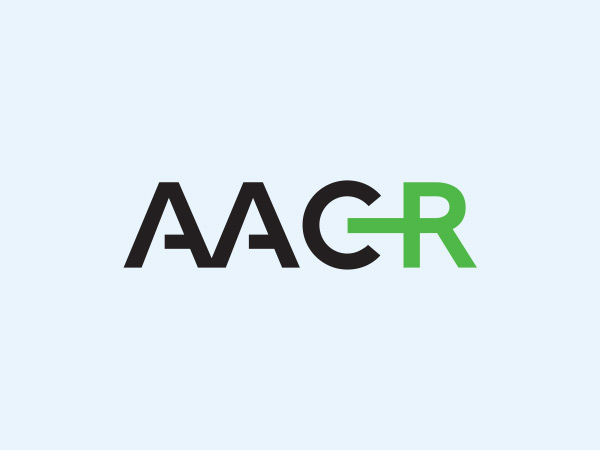FDA Approves Combination of Immunotherapeutics
Earlier this week, new ground was broken in the field of cancer immunotherapy when the U.S. Food and Drug Administration (FDA) approved the first cancer treatment to combine two of these cutting-edge agents: ipilimumab (Yervoy) and nivolumab (Opdivo).
The immunotherapeutic combination has been approved to treat certain patients with unresectable or metastatic melanoma. Specifically, it is approved for patients who have tumors that do not harbor the BRAF V600 mutations found in about 50 percent of melanomas.
Ipilimumab and nivolumab were each previously approved to treat melanoma as individual agents, ipilimumab in March 2011, and nivolumab in December 2015, as I discussed in a previous post on this blog. Each immunotherapeutic alone has yielded remarkable and durable responses for some patients with melanoma, like Andrew Messinger, but not all patients respond.
Ipilimumab and nivolumab work in different ways to unleash a patient’s immune system. They release different brakes on immune cells called T cells, which have natural cancer-fighting potential. Given that the two immunotherapeutics release different brakes, CTLA-4 and PD-1, respectively, researchers tested the idea that combining them might be more effective than using them alone.
In the CheckMate069 phase II clinical trial that led to the FDA decision, this idea was shown to be true. In fact, the ipilimumab-nivolumab combination shrank tumors in 60 percent of the 109 patients enrolled in the trial who had melanoma lacking a BRAF V600 mutation, versus 11 percent of patients receiving ipilimumab alone. Moreover, among the 43 patients who had a response to the combination, 34 patients (79 percent) had ongoing responses at the time of final analysis; in 20 patients the responses had lasted at least nine months.
The first results of this trial were presented at the 2015 American Association for Cancer Research (AACR) Annual Meeting by F. Stephen Hodi, MD, director of the Melanoma Center at Dana-Farber Cancer Institute and associate professor of medicine at Harvard Medical School in Boston, and published simultaneously in The New England Journal of Medicine. At the time, Hodi noted that “side effects for patients from the combination arm were higher compared with patients treated with ipilimumab alone, and this needs to be interpreted with caution. Following up with patients in the current study over a longer period of time is an important step.”
In fact, further analysis of the immunotherapeutic combination is not only warranted because serious adverse reactions were more common among patients who received the ipilimumab-nivolumab combination than among those who received ipilimumab alone, it is also required because the FDA approval is based on progression-free survival data and not on overall survival data. A phase III clinical trial, CheckMate67, which is comparing the ipilimumab-nivolumab combination with both ipilimumab and nivolumab monotherapy, is already well underway and should provide the answer as to whether the combination provides additional clinical benefit compared with the individual immunotherapeutics.
The FDA approval of the combination of ipilimumab and nivolumab adds to the evidence – some of which has been discussed in a previous post on this blog – that the AACR Annual Meeting has become a showcase for cutting-edge clinical research. We hope to see more groundbreaking clinical advances at the AACR Annual Meeting 2016.





